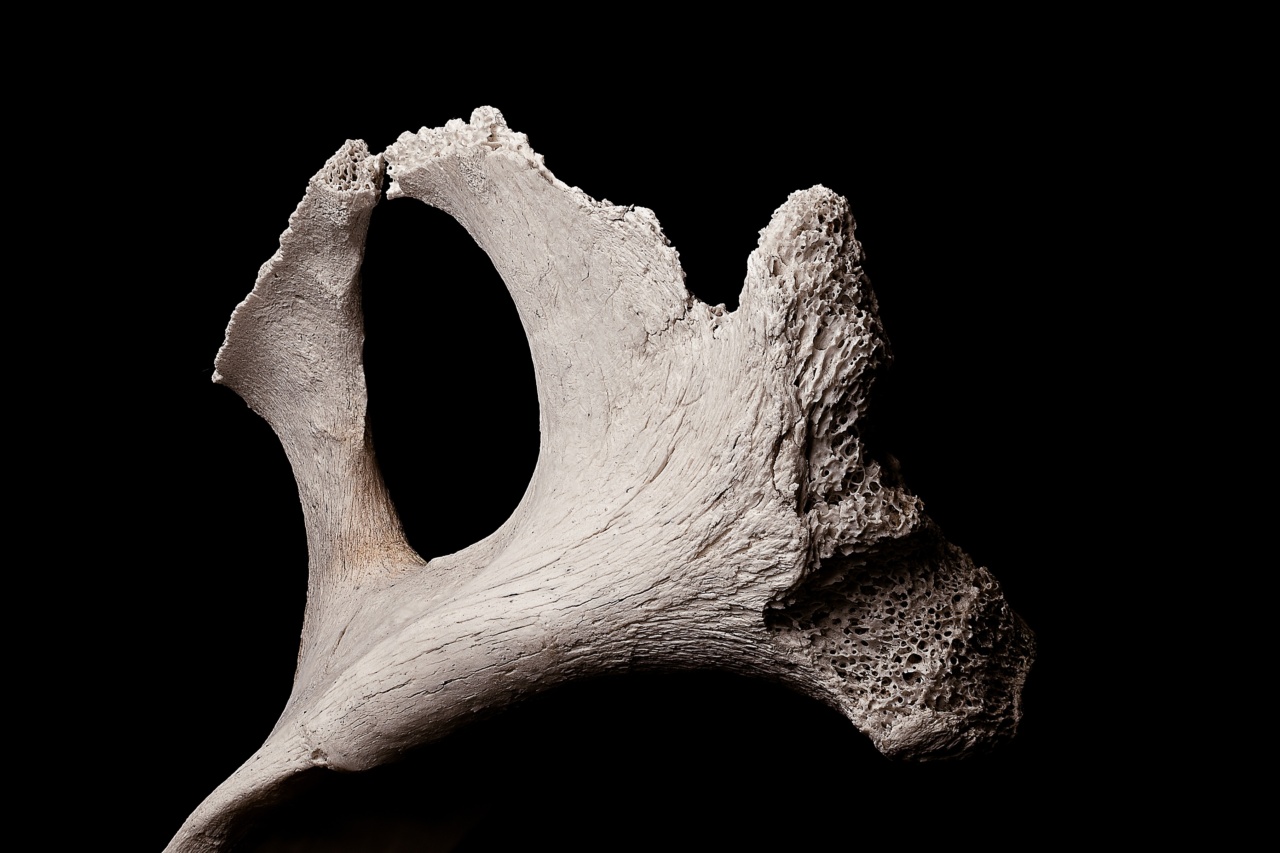Osteoporosis is a condition characterized by the weakening of bones, making them brittle and more susceptible to fractures. As we age, our bones naturally become less dense and lose calcium, which can result in the development of osteoporosis.
However, there are several strategies and lifestyle modifications that can be adopted to combat the effects of osteoporosis and promote healthy bone aging. This guide aims to provide valuable insights and practical tips to help individuals overcome the challenges associated with osteoporosis.
Understanding Osteoporosis
Osteoporosis is a degenerative bone disease that affects millions of people worldwide. It occurs when the body loses too much bone, produces too little bone, or both.
As a result, the bones become weak and brittle, making them more prone to fractures and breaks. Osteoporosis is often referred to as the “silent disease” because it progresses slowly and is usually asymptomatic until a fracture occurs.
The Importance of Bone Health
Maintaining good bone health is crucial for overall well-being and quality of life. Healthy bones provide structural support, protect vital organs, and enable mobility.
However, as we age, our bone density naturally decreases, making us more vulnerable to osteoporosis and related complications. Taking proactive measures to preserve and enhance bone health is essential to minimize the risk of fractures and maintain an active lifestyle.
Preventing Osteoporosis
While osteoporosis is more common in older individuals, it is never too early to start taking preventive measures. Here are some key strategies for preventing the development of osteoporosis:.
1. Get Adequate Calcium and Vitamin D
Calcium and vitamin D are essential nutrients for bone health. Calcium helps to build and maintain bone strength, while vitamin D aids in the absorption of calcium.
Incorporate calcium-rich foods like milk, cheese, yogurt, spinach, and almonds into your diet. Additionally, expose yourself to sunlight for about 15 minutes a day to meet your vitamin D requirements.
2. Engage in Weight-Bearing Exercises
Weight-bearing exercises, such as walking, dancing, hiking, and weightlifting, help promote bone strength and density. These activities put stress on the bones, stimulating them to become stronger and more resilient.
Aim for at least 30 minutes of weight-bearing exercise on most days of the week.
3. Quit Smoking and Limit Alcohol Consumption
Smoking and excessive alcohol consumption have been linked to an increased risk of osteoporosis. Tobacco smoke and alcohol interfere with the absorption of calcium, deplete the body’s vitamin D levels, and contribute to bone loss.
Quitting smoking and limiting alcohol intake are essential in maintaining bone health.
Managing Osteoporosis
If you already have osteoporosis or are at high risk, there are steps you can take to manage the condition and reduce the likelihood of fractures:.
1. Consult with a Healthcare Professional
It is crucial to seek guidance from a healthcare professional who specializes in osteoporosis management. They can assess your individual risk factors, conduct bone density tests, and suggest appropriate treatment options.
2. Medications for Osteoporosis
In some cases, healthcare professionals may prescribe medications to slow bone loss, increase bone density, and reduce fractures. These medications may include bisphosphonates, hormone-related therapy, or calcitonin.
It is essential to follow your doctor’s recommendations and discuss any concerns or potential side effects.
3. Fall Prevention
Falls can have severe consequences for individuals with osteoporosis. Taking steps to prevent falls is vital in minimizing the risk of fractures.
This includes ensuring that your home is safe and free from hazards, installing handrails on stairs and in bathrooms, wearing appropriate footwear, and practicing balance and strength exercises.
4. Optimize Nutrition for Bone Health
A balanced diet rich in calcium, vitamin D, and other essential nutrients can support bone health. Consult with a registered dietitian to create a meal plan that meets your individual needs.
Consider incorporating foods like fortified cereals, fatty fish, fortified dairy products, and green leafy vegetables into your diet.
Conclusion
Osteoporosis is a common condition that affects bone health, particularly as we age. However, by adopting preventive measures and managing the condition effectively, it is possible to overcome the effects of osteoporosis and promote healthy bone aging.
Incorporate the tips and strategies outlined in this guide into your lifestyle to enhance bone health, reduce the risk of fractures, and enjoy an active and fulfilling life.































